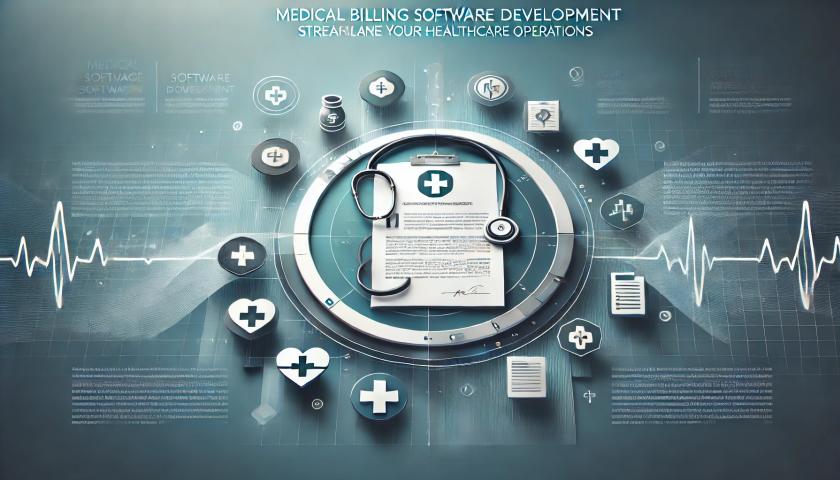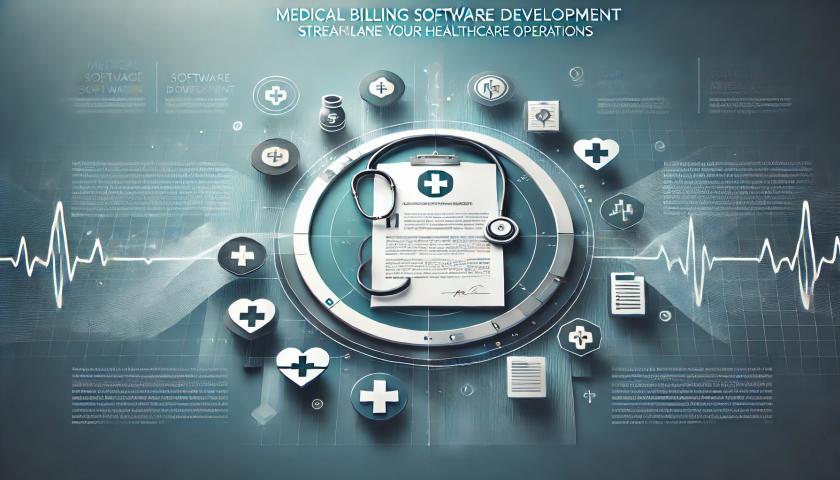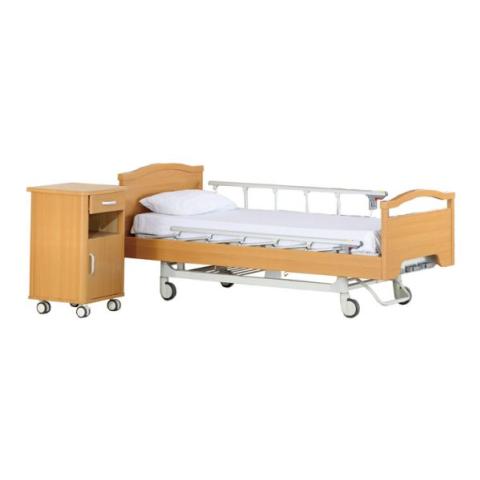Medical Pediatric Bed has a variety of applications in the healthcare industry. As one of the most widely used medical components, tubing is integrated into many medical devices and equipment that are crucial for patient care and treatment. Some of the main uses of medical tubing include fluid handling, gas delivery, and component interconnects. Different types of tubing are employed depending on the specific therapeutic application and performance requirements.
Materials for Medical Tubing
One of the most important considerations for medical tubing is the material used. Common materials include stainless steel, nitinol, polyvinyl chloride (PVC), polyurethane, silicone, and tetrafluoroethylene (PTFE). The selection of material depends on factors like biocompatibility, corrosion resistance, flexibility, durability, and manufacturing process compatibility.
Stainless steel tubing is widely utilized for its high tensile strength and ability to withstand sterilization temperatures. Medical Pediatric Bed is commonly used for fluid handling applications like enteral feeding tubes. Nitinol is a nickel–titanium shape memory alloy that provides kink-resistant tubing for catheters and other flexible medical devices. PVC is an affordable plastic best suited for basic fluid lines due to its low cost. Polyurethane tubing offers greater flexibility and softness for patient comfort. Silicone provides optimal heat resistance and oxygen permeability for applications like respiratory therapy. PTFE or Teflon tubing is highly chemically inert making it suitable for aggressive medical fluids.
Diverse Tubing Applications
Medical tubing has diverse applications across many areas of healthcare. Some key application examples are described below:
1. Enteral Feeding Tubes - Stainless steel tubing is frequently used for nasogastric and nasojejunal feeding tubes to deliver nutrition directly to the stomach or small intestine.
2. Respiratory Therapy - Polyvinyl chloride and silicone tubing are commonly employed for oxygen delivery in devices like oxygen masks, tracheostomy tubes, and ventilator circuits.
3. Catheters - Different types of flexible catheters utilize tubing, often made from materials like PVC, silicone, or shape memory alloys to provide kink resistance. Examples are cardiac catheters, IV catheters, urinary catheters, and dialysis catheters.
4. Peristaltic Pumps - Medical peristaltic pumps rely on flexible tubing to precisely meter and deliver fluids like nutrients, medications, blood products and dialysate. Materials include PVC, silicone, and reinforced tubing.
5. Infusion Lines - IV administration sets, enteral feeding pumps, and infusion pumps all incorporate tubing, usually PVC or polyurethane, to safely transport therapeutic fluids into the body.
6. Component Interconnects - Tubing serves as connectors between different medical device components, like carrying gases in anesthesia machines or linking ventilator circuits to oxygen sources.
Manufacturing Processes
Several production methods are employed to manufacture specialized tubing for medical applications:
- Extrusion is commonly used for plastics like PVC and PE to form tubing in a continuous process. This allows for tight dimensional control and consistency.
- Drawing is applied to metals like stainless steel, where a round wire is pulled through dies to reduce the cross-section. This imparts smooth surfaces.
- Vacuum forming processes help produce convoluted or corrugated tubing designs from plastics or silicone sheets for applications requiring flexibility or kink resistance.
- Micro-extrusion and laser cutting enable very small diameters down to 0.1mm for specialty medical devices.
- Jacketing and lining techniques cover tubing substrates to impart desired surface properties or barrier functions. Examples include PTFE lining of polyurethane.
- Assembly and finishing steps like flaring, swaging or attaching connectors further prepare the tubing for its specific medical function. Sterilization is crucial for biocompatibility.
Quality and Regulations
As a critical medical component, tubing must undergo stringent quality control and meet regulatory requirements. Manufacturers ensure dimensional accuracy, biocompatibility, and security of connections through testing. Regulations from bodies like the FDA provide standards for materials, cleanliness, and safety. Approvals like ISO 13485 certification guarantee a robust quality management system is followed. Medical-grade tubing upholds high reliability for its vital applications in patient care and treatment.
Medical Pediatric Bed has become an indispensable material in healthcare. Its diverse material compositions and manufacturing technologies allow for specialized tubing designs to integrate smoothly into many medical devices. As a blood-contacting component, tubing undergoes rigorous validation to provide assured safety, performance and dependability for its therapeutic functions. Continuous innovation further expands the lifesaving roles of tubing in diagnostic and therapeutic procedures.
Get More Insights on- Medical Pediatric Bed
For Deeper Insights, Find the Report in the Language that You want:
About Author:
Money Singh is a seasoned content writer with over four years of experience in the market research sector. Her expertise spans various industries, including food and beverages, biotechnology, chemical and materials, defense and aerospace, consumer goods, etc. (https://www.linkedin.com/in/money-singh-590844163







